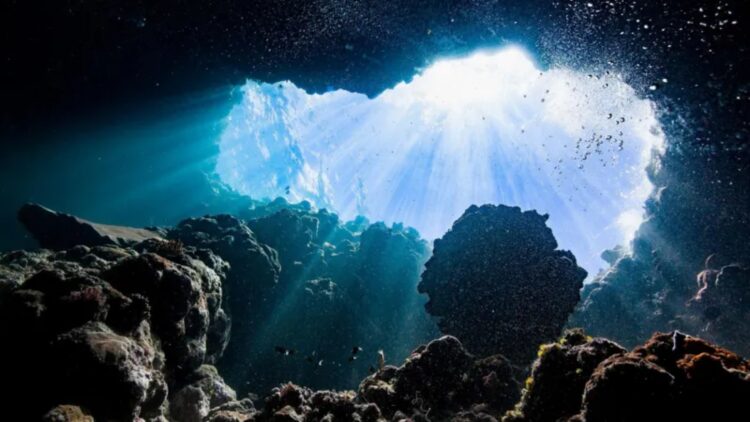Nature scientists reveal that there is a new form of oxygen that is found at the surface of the ocean. As we know it, the molecule that supports intelligent life is largely made by plants. In this feature about nature, we look at the dark oxygen.
Dark oxygen found at the bottom of the ocean
BBC and ScienceAlert highlight that we get oxygen, as we know it, through plants whether underwater or on land, they do this by photosynthesising carbon dioxide. In a recent study as published in Nature Geoscience, oxygen may still be produced without the need for life at depths where light cannot reach.
The authors Nature Geoscience collected samples from deep ocean sediments to discover if the rate of oxygen consumption at the seafloor through things like organisms or sediments can react with oxygen.
“But in several of their experiments, they actually found oxygen was increasing as opposed to decreasing as they would have expected. This left them questioning how this oxygen was being produced,” reports the publication.
“In their experiment, the researchers discovered that this dark oxygen production at the seafloor seems to only happen in the presence of mineral concentrates called polymetallic nodules and deposits of metals called metalliferous sediments.
“The authors think the nodules have the right mixture of metals and are densely packed enough for an electrical current to pass through for electrolysis, creating enough energy to separate the hydrogen (H) and oxygen (O) from water (H₂O),” the report further highlights.
The researchers also suggested that the amount of oxygen created may fluctuate depending on the number and mixture of nodules on the ocean floor.
What did the researchers want to achieve
This research team was looking to explore and understand the implications of mining metals from the deep-sea floor such as lithium, cobalt or copper, funded by an extraction company in an effort to ensure deep sea mining leads to a net benefit to humanity and the Earth system.
As we understand it, lithium and cobalt are used among other things, to make rechargeable batteries for mobile phones, laptops and electric vehicles while copper is vital for electrical wiring in devices like televisions and radios as well as plumbing.
The British publication also mentioned that the “investigation was focused on the Clarion-Clipperton zone of the Pacific Ocean, which is a vast plain between Hawaii and Mexico where millions of tons of these metals have been found.
“However, scientists believe mining on this scale is potentially unpredictable and can destroy habitats vital to ocean ecosystems. Deep-sea mining can also introduce harmful sediment plumes to fragile ecosystems leading to a growing number of countries calling for a moratorium.”
Dark oxygen essential for life
While the implications of this finding may also play a role in life elsewhere, Oxygen remains essential to complex life as we know it.
Complex life has evolved and expanded alongside photosynthesisers, which actually produce oxygen as a waste product. Yet this oxygen allows organisms’ metabolisms to be much more efficient than without it.
From Prof Murray Roberts’ point of view, a marine biologist from the Univerisity of Edinburgh: “There’s already overwhelming evidence that strip mining deep-sea nodule fields will destroy ecosystems we barely understand,” he told BBC News.
“Because these fields cover such huge areas of our planet it would be crazy to press ahead with deep-sea mining knowing they may be a significant source of oxygen production.”
It is also documented that such studies show how much the origin of life on Earth is still a mystery and it will take more studies like these for us to finally “understand how these nodules may have affected evolution”.

